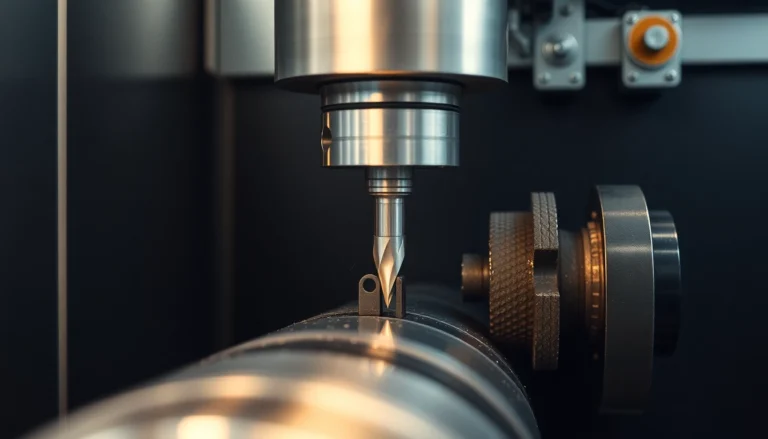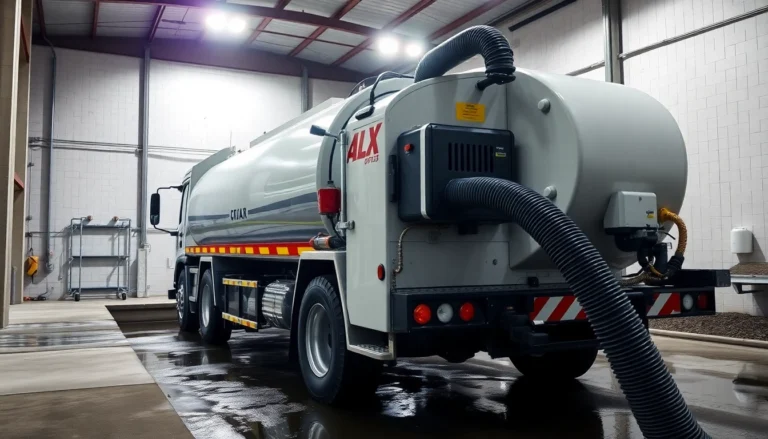
Understanding Compactors and Their Uses
Compactors are essential tools in both construction and landscaping projects, designed to reduce the volume of soil, gravel, asphalt, or other granular materials by compression. Their primary function is to create a stable, solid base that ensures durability, safety, and structural integrity of the constructions or landscaping features. From laying foundations for buildings to preparing surfaces for pavements or patios, the versatility of compactors makes them indispensable across numerous applications.
If you’re considering Compactors rental for your upcoming project, understanding the different types available and their specific uses is crucial to making an informed decision. This comprehensive guide will walk you through the types of compactors, their applications, and tips for choosing the best rental options tailored to your project needs.
Types of Plate Compactors Available for Rent
Plate compactors, often termed wacker plates, are among the most commonly used types of compactors owing to their efficiency and adaptability in various settings. These machines are designed for compacting soil, gravel, asphalt, and other loose materials, ensuring a firm and level surface. The types of plate compactors you can rent vary mainly based on power source, size, and specific operational features.
Vibrating Plate Compactors
These are the most prevalent type of compactors for rental purposes. They operate using a vibrating mechanism that rapidly oscillates the plate, delivering powerful compaction. Vibrating plate compactors are available in petrol, diesel, or electric models, each suited for different environments and scale of work. For instance, petrol and diesel models are more suitable for outdoor projects requiring mobility, whereas electric compactors excel in enclosed spaces or urban settings where fumes might be a concern.
Forward and Reversible Compactors
Designed primarily for larger areas, these machines offer the flexibility of moving in both directions—forward and reverse. Reversible compactors are highly efficient in roadworks and large-scale foundation projects, providing consistent compaction across expansive surfaces.
Plate Size and Power Considerations
Size and power are critical when selecting a compactor. Smaller plates (around 320mm) are ideal for tight corners, trenches, or finishing work, while larger plates (up to 400mm or more) are built for heavy-duty tasks like base layer compaction for roads or large slabs. Additionally, the engine’s power, measured in horsepower or kilowatts, determines the compactor’s ability to handle dense or tough materials efficiently.
Applications in Landscaping and Construction
Compactors serve a broad spectrum of applications, making them versatile tools across industries. Their primary function of achieving soil stabilization and leveling is fundamental in construction and landscaping projects alike.
Landscaping Projects
In landscaping, compactors are used to prepare groundwork for patios, driveways, retaining walls, and pathways. Proper compaction prevents future shifting, settling, or cracking of the surfaces, ensuring longevity and aesthetic appeal. For example, when laying a patio, compactors help to uniformly compress gravel and soil beneath the paving stones, providing a solid foundation that resists movement caused by weather or load.
Foundation and Base Layer Preparation
Before pouring concrete slabs or asphalt surfaces, compactors are essential for creating a stable base. This process involves compacting the subgrade, subbase, and base layers to increase load-bearing capacity and reduce settlement over time. Proper compaction is critical to prevent cracks or structural failure in roads, pathways, or building foundations.
Soil Stabilization and Reclamation
In large-scale earthworks, compactors are employed for soil stabilization, especially in areas with loose or soft soil prone to shifting. They improve the mechanical properties of soil, enhancing load distribution and reducing erosion. This is particularly vital in construction of embankments, dams, or landfill sites.
Road and Pavement Construction
Heavy-duty vibrating rollers and plate compactors are integral for the compacting of asphalt and other paving materials, ensuring smooth, durable roads and parking lots. These tools achieve the necessary density for traffic-bearing surfaces, minimizing future maintenance costs.
Key Features to Consider When Renting
Choosing the right compactor rental for your project involves evaluating several features to ensure optimal performance, safety, and cost efficiency. Here are critical factors to consider:
Size and Weight
Match the size of the compactor to your project scope. Smaller, lightweight plates are easier to maneuver in confined spaces or trenches, while larger, heavier units are more suitable for extensive or high-density work. Proper sizing ensures efficiency without sacrificing mobility or safety.
Power Source
Decide between petrol, diesel, or electric models based on environmental conditions, noise restrictions, and worksite safety. Electric compactors offer cleaner operation with less noise, ideal for indoor or noise-sensitive environments, whereas petrol and diesel models provide greater power for tough, outdoor conditions.
Vibration Frequency and Amplitude
Higher vibration frequencies and amplitudes lead to better compaction, especially for dense or cohesive soils. Understanding these specifications helps in selecting equipment that can handle the specific materials and depth requirements of your project.
Operational Features
Features such as forward-reverse motion, handle ergonomics, and adjustable vibration intensity contribute to ease of use and safety. Additionally, some compactors come with features like vibration monitoring, which can help optimize performance and prevent over-compaction.
Compatibility with Materials
Ensure the selected compactor is appropriate for your primary materials—soil, gravel, asphalt, or other aggregates—to achieve the desired density and stability efficiently.
Benefits of Renting Compactors Versus Buying
Cost-Effectiveness and Flexibility
Rentting offers significant financial advantages, especially for short-term projects. Purchasing a compactor entails high upfront costs, maintenance, storage, and depreciation. Renting allows access to top-tier equipment without heavy capital investment, providing flexibility to select different models tailored to project phases or evolving needs.
Access to Latest Equipment and Technology
Rental companies frequently update their fleets with modern, efficient, and environmentally friendly models. This ensures that you benefit from the latest innovations, such as reduced emissions, improved vibration control, and enhanced safety features, which might be costly to acquire independently.
Maintenance and Support Included
Rental agreements typically include maintenance, servicing, and support, reducing downtime and ensuring consistent performance. This relieves you from the burden of repairs, routine checks, and compliance with safety standards, allowing you to focus on your project’s progress.
How to Choose the Right Compactor Rental Service
Reputation, Experience, and Customer Reviews
Start by researching rental providers with proven experience and positive customer feedback. Experienced companies are more likely to offer high-quality equipment, expert advice, and reliable service. Online reviews and testimonials can help gauge customer satisfaction and professionalism.
Rental Terms, Delivery, and Support
Evaluate rental agreements for clarity on rental duration, delivery options, and pick-up services. A dependable provider offers flexible scheduling, prompt delivery, and support during the rental period, addressing unforeseen issues swiftly.
Pricing Transparency and Availability
Request clear quotes with detailed breakdowns to avoid hidden charges. Confirm the availability of the specific equipment you require and inquire about seasonal or long-term discounts to optimize your budget.
Step-by-Step Guide to Renting a Compactor
Assessing Your Project Needs
Start by defining your project scope—area size, material type, required compaction depth, and environmental considerations. Proper assessment ensures selecting the right machine with appropriate power, size, and features.
Booking Process and Scheduling
Contact your chosen rental provider early to check availability and secure your booking. Provide detailed specifications and preferred delivery dates. Some providers offer online booking systems for added convenience.
Preparation and Operating Tips
Prior to delivery, prepare the site—clear obstructions, check access routes, and ensure proper electrical or fuel connections. During operation, follow safety instructions, use personal protective equipment, and operate within recommended vibration and load limits. Proper handling maximizes efficiency and prolongs equipment lifespan.
Measuring Success: Performance Metrics for Compaction
Indicators of Proper Soil and Material Compaction
Effective compaction can be gauged through soil density tests, such as the Proctor test, which compares in-situ density against optimal values. Visual cues include uniform surface finish, absence of loose spots, and resistance to movement under foot or tool pressure.
Best Practices for Efficiency and Quality
To maximize results, operate the compactor in overlapping passes, maintain steady vibration levels, and avoid over- or under-compaction. Regularly inspect equipment for wear and accuracy, and adjust techniques based on material type and thickness.
Post-Project Maintenance and Storage Tips
After completion, clean the equipment thoroughly, inspect for damages, and store it in a dry, secure location. Proper maintenance reduces future repair costs and ensures readiness for upcoming projects.






